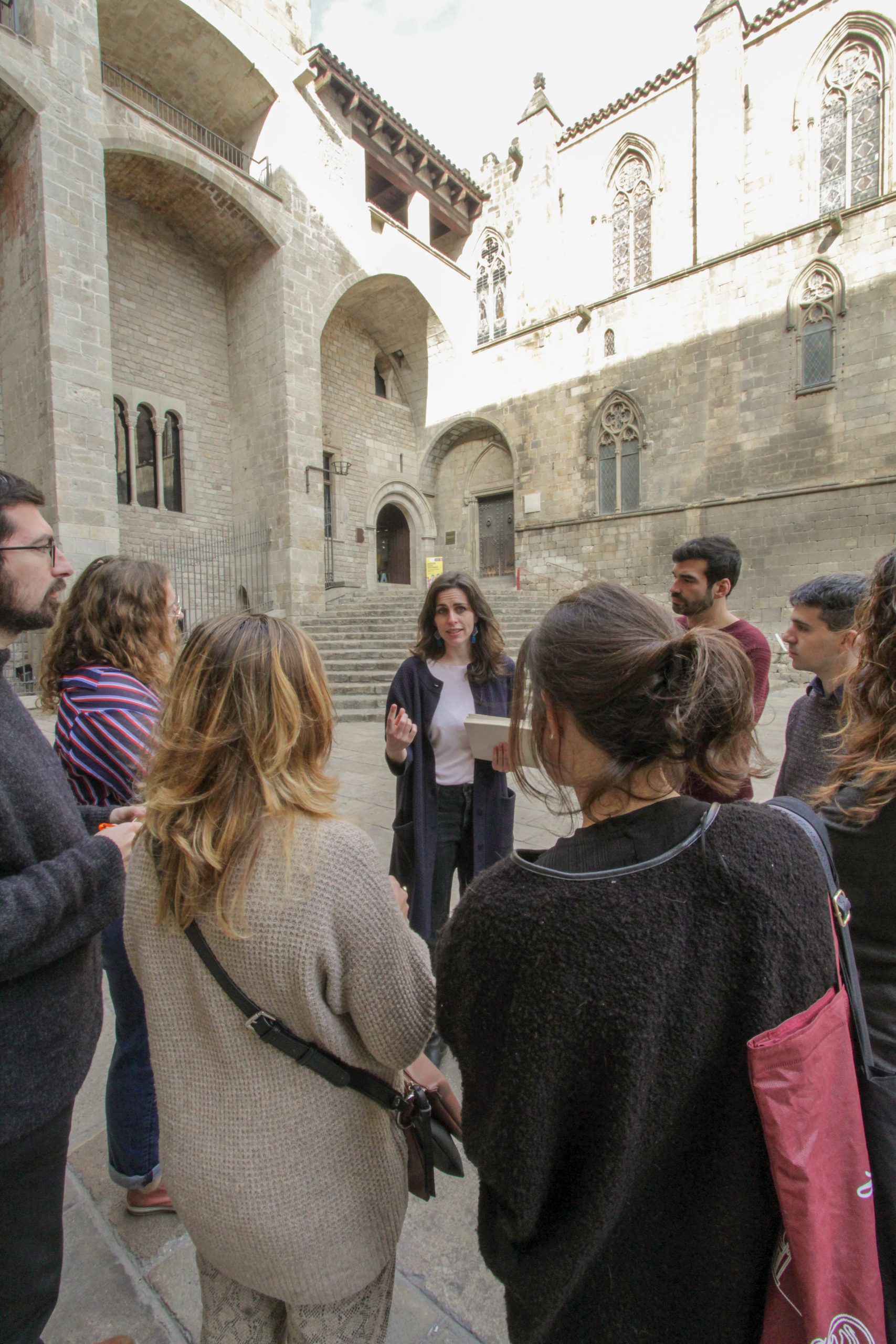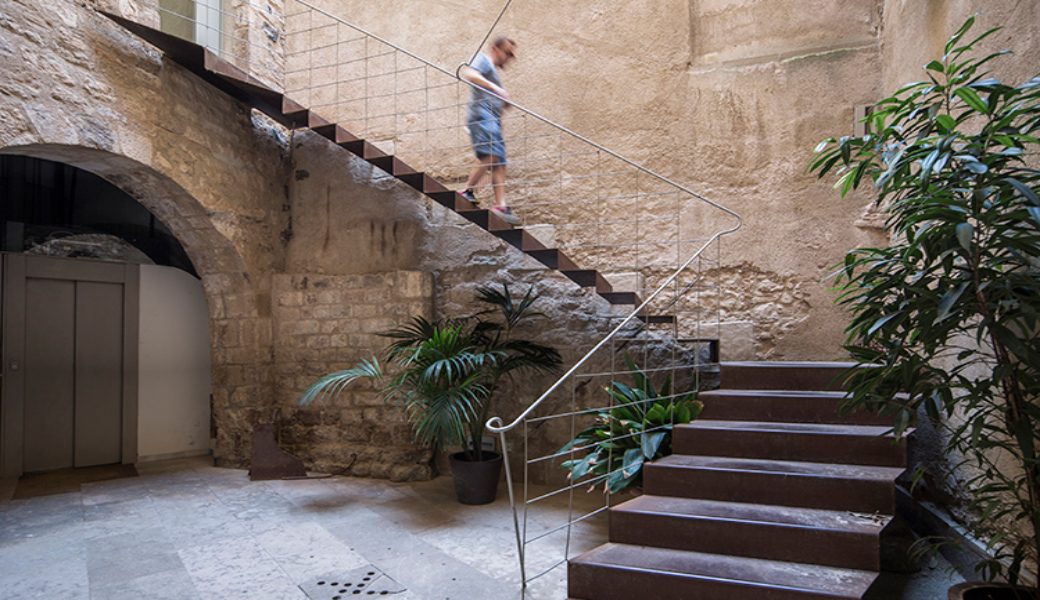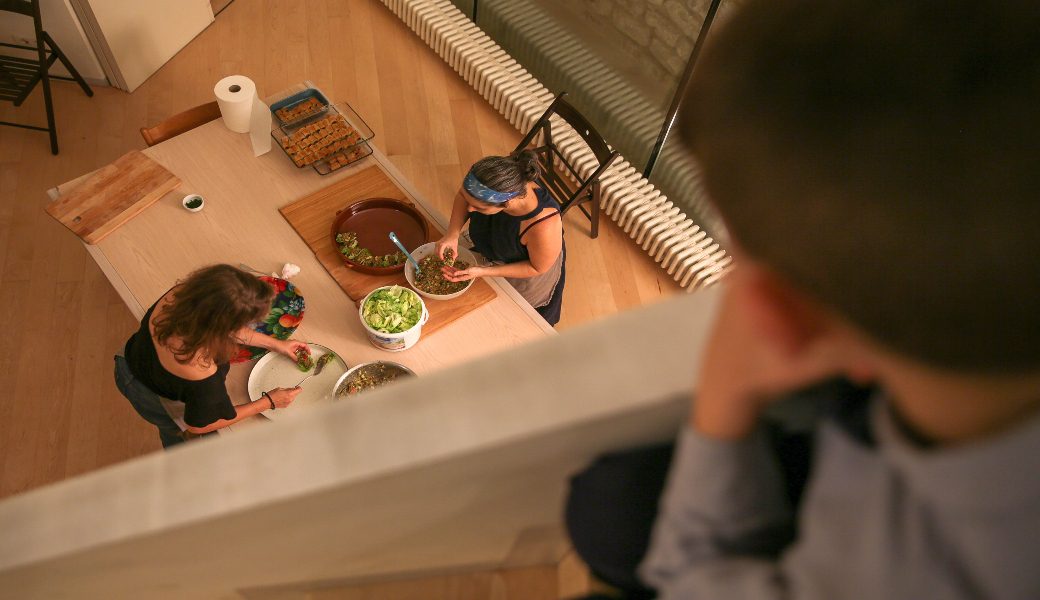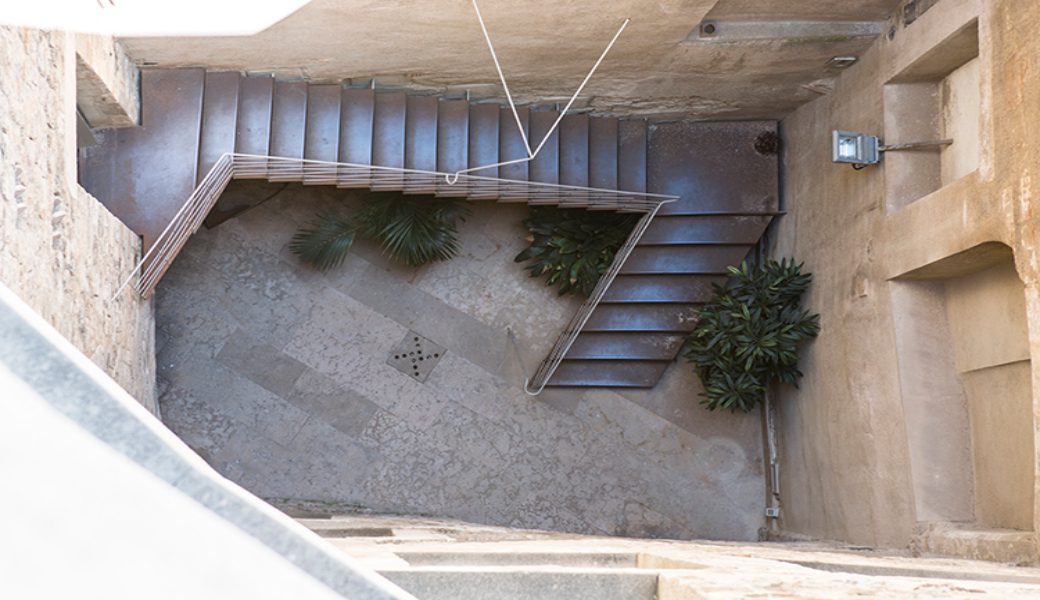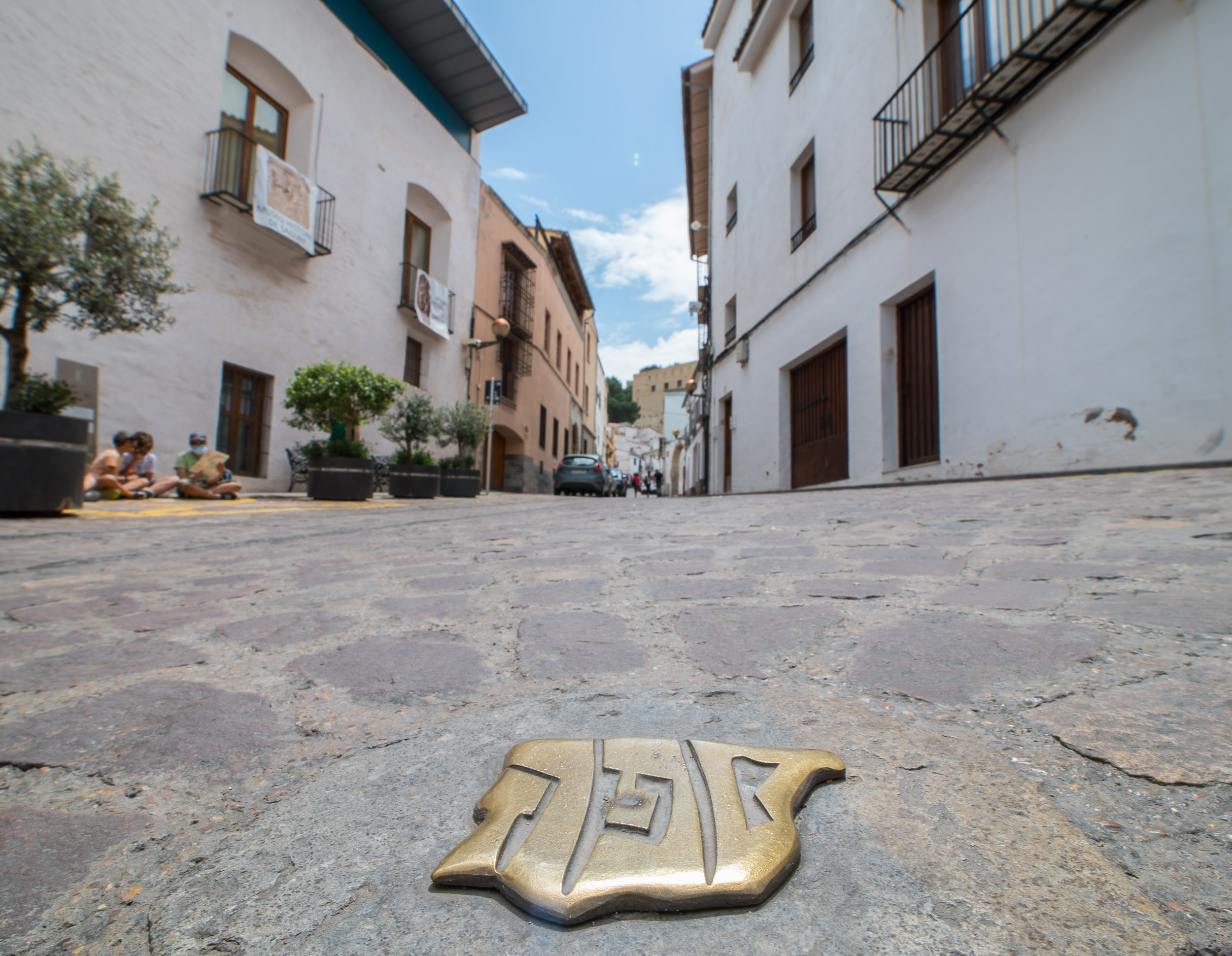The Catalan Route – Barcelona
Barcelona introduction
Barcelona is a city that needs no introduction. As one of the most visited in Europe, people around the world are familiar with many of its landmarks. However, the Catalan Route offers a new way to explore the city and its Jewish heritage. A little-known legacy that nevertheless is an indelible part of the city’s essence.
One of the most noteworthy elements of that heritage is the city’s old Call, where the beaches give way to a haven of tranquility, history, and culture, far from the frenetic hustle and bustle of the city. In the midst of this stone labyrinth, you will find our meeting point in Casa Adret, the oldest livable house in the entire city, which once belonged to a Jewish family during the Middle Ages and has been recently transformed into a Jewish cultural center. From there, you will be able to enjoy guided tours, workshops, Jewish food experiences, concerts, and a wide array of cultural events that explore all aspects of Jewish heritage.
Take Part in This Jewish History Walking Tour
Barcelona in detail
The story of the Jewish community of Barcelona is a fascinating one. Not only that, it also becomes more moving as we go deeper into its different historical aspects and are able to go beyond certain preconceived ideas, move away from myths and some other clichés. It is a history that goes back to Roman times until today. A complex story that has, for many years, been subjected to different, often competing, narratives. One must bear in mind that the Jewish question has influenced the Spanish and Catalan national construction.
Today Barcelona has a community of about 10,000 Jews, with a lively and vibrant religious, social, and cultural life. The Israeli Community of Barcelona was created in 1917, the first Jewish community in the city after four centuries of exile and repression and has already celebrated 100 years of this renewed presence in our city. Nowadays we find six different Jewish communities with their respective synagogues, representing every range of Jewish affiliation.
It is common belief that Jews arrived with the Romans as early as the first century, although we have little knowledge. In the 9th century, we see a document from a Jew called Judacot, who went to France with a letter and returned to Barcelona with a bag of gold. The community grew with time, and by the 11th century we have a Jewish population of between 10-20% of the city, and the biggest Jewish community in the Kingdom of Aragon territory. It was a center of trade, commerce, translation and, even for a time, Talmudic study, all of it revolving around its “Call”, which is the word for Judería, or Jewish quarter, in Catalan. Perhaps coming from Calle, small street, or Kahal, narrow street. Important trades within the Call were silk, coral and ivory dice. Merchant Jews formed a basis of the economy of the Catalan kingdoms, having major influence in the Mediterrane-an trade. Barcelona, alongside Majorca, and Valencia, was a major port. These ports were also the first places the Jews arrived when after the expulsion, as they already had connections there. It may also help explain the spread of Catalan language amongst these port cities. Jews were also often translators of Arabic text into Latin, making its way into France and beyond. Notable works include scientific translations by philosopher, astronomer, mathematician, Abraham b Hiyya. (b 1070) or Judah b. Barzillay Bartzeloni.
There were only two entrances, two gates with paid gatekeepers, paid by the Jewish community. In the middle of the Call the Sinagoga Major, or main synagogue, was located, as well as the main mikveh. There were several private synagogues such as Massot Avengema’s, which meant high social status and connection to the courts.
As space was becoming an issue, the community asked the king to create the Call Menor, an extension of the original Jewish quarter. In the 13th century, we see a rise in anti-Semitic laws and persecution, and in 1306 the Jews of Southern France were forced into exile. King Jaume of Aragon granted permission to receive them here, and most of them moved to the Call Menor.
Barcelona, geographically, was not only an important port city, but it was also a crossroad from the incredible scientific, mathematic and religious thought in the south, Al Andalus, and a stepping-stone into greater Europe. Barcelona and Girona were important cities on the way to France, as the Pyrenees made it difficult to pass. It was a notable Talmudic centre, Shlomo ben Adret, (1235-1310) the RASHBA, served at Barcelona’s Synagogue Major for nearly 50 years, gained fame for his responsa, receiving questions from all over Europe. It was also a crossroad from Jewish thought, between the rationalist in the south, and the spiritual thought developing in France. The great Nahmanides from Girona, a small city North of Barcelona noted as a birthplace of Kabbalah, had a great influence, and Barcelona became a centre of Jewish culture in the 13th and 14th centuries. In the early 14th century, Barcelona was caught in a clash between the rationalist thinking of the south- Maimonides- and the spiritual thinking of the North- which banned, with outrage and exile, the reading of Maimonides’ The Guide to the Perplexed. Solomon Ben Adret banned it’s reading anyone under the age of 25, unless they were studying Medicine. Nahmanides stated the French Rabbis didn’t know the situation in the south of Spain that made Maimonides work important. Letters of persuasion and anger were sent between communities, trying to win the others side. Just like now, Jews have always been up for a good debate.
However, it is important to note that Jews, like in most of Europe at the time, were not considered normal citizens, but officially property of the King, who demanded their skills in trade, knowledge of Arabic and Arab customs, medicine and financial recourses, money lending, and payment of higher taxes. Jews were forced to wear a ‘Jew badge’, and distinguishing shorter capes than Christian neighbours. Although some Jews enjoyed privileges from royalty, like most Jewish communities in the Iberian Peninsula, they were under constant threat. It is believed that winding narrow streets were a defence mechanism, to confuse attackers who would enter the Call, setting work-shops on fire and destroying loan documents. After the black plague and rampant rumours of Jews poisoning the city wells, mixed among general hatred of the other, drought, crop failures and financial crisis spreading through the Penninsula, attacks towards the Jews increased. Being property of the King did have it’s advantages, they were granted some autonomy and it was in the Kings interest that he protect his Jews, which the soldiers of Castel Nou often did.
One of the main pressured Jews faced was from the Catholic Church, obsessed as it was with con-versions. With pressure from the Church, Jaume I was convinced to hold a debate between Christianity and Judaism- the Church hoping to prove the faults within Jewish beliefs and entice a wave of conversions. What is known as the Disputation of Barcelona took place between Nahmanides, the Kabbalist of Girona who had close ties with the King, and Pablo Cristiani from Montpellier, a Jew who had converted to Catholicism.
The debate went on for 4 days, with topics ranging from debates around the Messiah to which religion showed the truth. The aim of such debates was to show the flaws in Judaism in front of an angry public, humiliating Rabbis who were not allowed to ask questions, but merely defend those presented to them. Though King Jaume I said that “never before had he heard an unjust cause so nobly defended”, and had a good relationship to Nahmanides, he still banished him, albeit with a large sum of money in his hand.
After the Barcelona disputation, 1263, Pablo toured Jewish communities of Aragon, preaching compulsory sermons in the Synagogues. He had the special encouragement and support of the Pope, who wrote to James I of Aragon commending Pablo’s abilities and services (1967) in the matter of the censorship of the Talmud.
Life became increasingly more difficult for the Jews, who were slow-ly replaced from high positions in the courts and violent attacks against the Jews increased as Chris-tianity became more self-confident and the Dominican sector gaining more control.
A boiling point occurred in Seville in 1391, when Fernando de Ejica years of fanatical preaching against the Jews took hold and a violent attack against the Judería of Seville took place. An angry mob stormed the Iberian Peninsula, attacking Calls along the way. This mob arrived at Barcelona a few months later. The Community, like many in Catalunya, was unable to recuperate and by 1401, the community of Barcelona officially ceased to exist, putting an end (at least in Barcelona) to the period that many centuries later would come to be known as the “Convivencia” or coexistence.

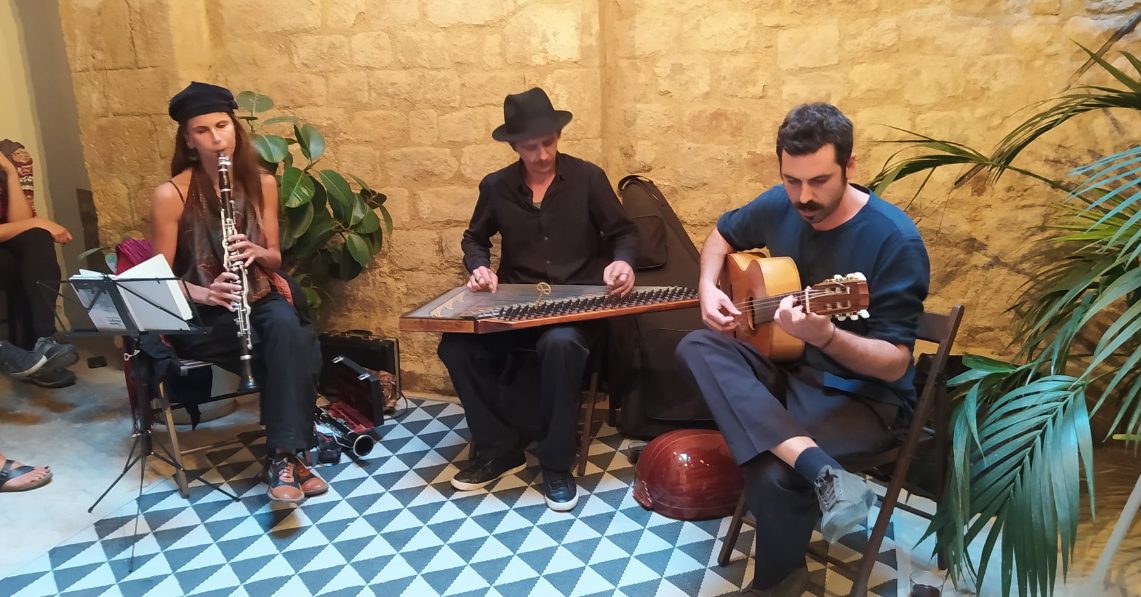

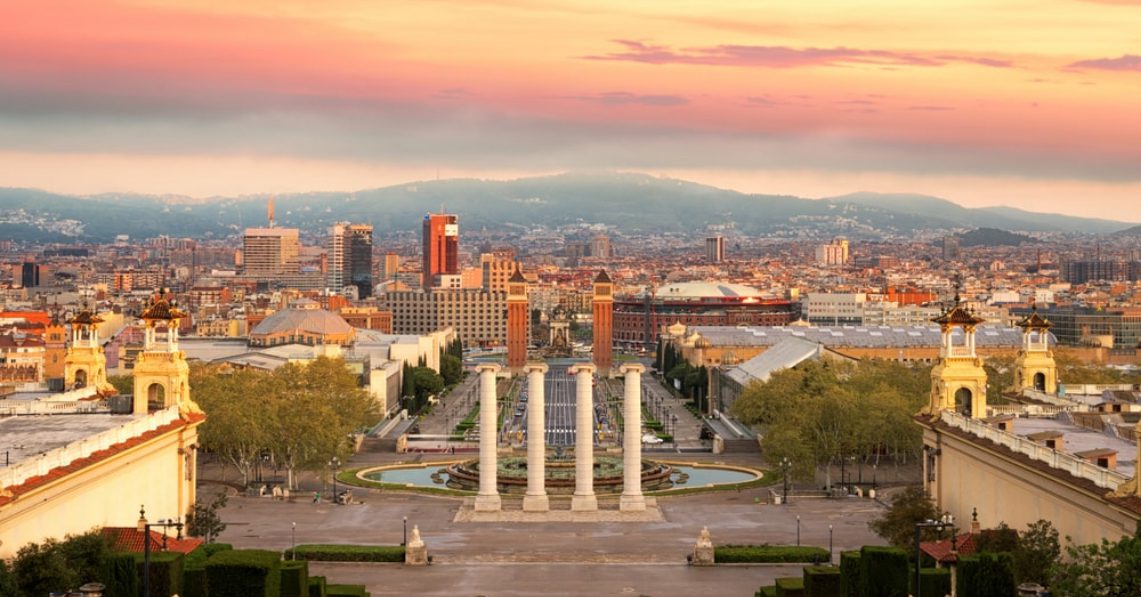

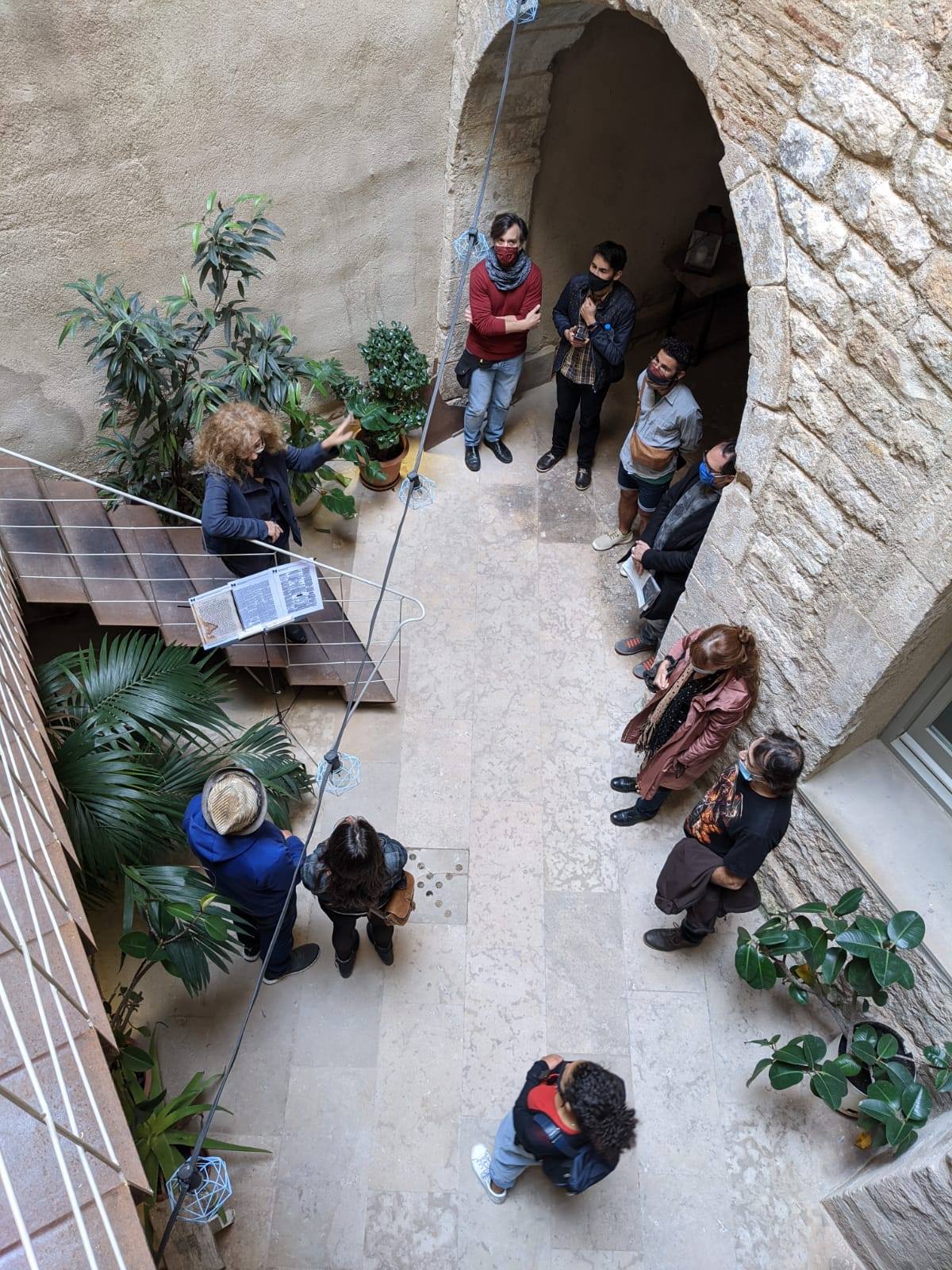
But Convivencia is a big word, and the fact is that the creation of this discourse that presents the Middle Ages as a story of coexistence, peace, harmony, and multicultural enrichment, is in fact a political creation. An instrument developed by Spanish liberalism in the XIX century, to project a certain idea of Spain, legitimize liberal projects, and to attack reactionary forces, with a narrative extremely focused on the unity of Spain, obviously as a catholic country. But it was also used as a tool to gain influence in the Ottoman Empire as well as during the colonization of Morocco.
Already in the 19th century, despite the fact that there were only more than 20 families in Barcelo-na, the Jewish question was a hot topic among the Spanish and Catalan political and intellectual classes, despite the non-existence of a Jewish presence in the whole territory, the memorial recon-struction of the Middle Ages played a fundamental role in 19th century politics and nation-building.
This philo-Sephardic discourse acquires a special dimension during and after the end of World War I, when Spain receives Jews for the first time. Some escaping from military service and war, others who see, especially Barcelona, as an economically prosperous city to start over.
Thus, in 1917, the Comunidad Israelita de Barcelona was born. While they were mostly Turks among the founders, the first president was a German Ashkenazi, Edmundo Metzger.
The end of the monarchy and the old regime in Spain and the arrival of the Second Republic in 1931, opened a new scenario of freedom, and the secular state improved the social conditions of the life of the Catalan Jews. Not only that, during those years, Barcelona will receive an important number of Jews from Central Europe, seeking a refuge from the growth of anti-Semitism.
In 1936 the Spanish Civil War began, where General Francisco Franco, representing the most con-servative sectors of Spanish society (aristocracy, church, army, landowners) took up arms against the Republican government. In the Civil War both Nazi Germany and Fascist Italy took a stand and actively helped Franco’s forces.
The military uprising led to a terrible civil war with half a million dead, half of them civilians. Ger-many and Italy actively participated alongside Franco. Proof of this are the famous German bomb-ings in Guernica, famously represented by Picasso. Maybe less known is the Italian bombings of Barcelona. In plaça St. Felip Neri, in the old Jewish Quarter, one can still see the aftermath of an Italian bomb that caused 48 deaths, all of them civilians.
The war caused many Jews to return to their home countries, but some stayed, and among them, some took up arms against Franco’s army. But not only that, of the 40,000 volunteers from abroad who came to fight the republic with the International Brigades, at least 8,000 of them were Jews. They even formed a Jewish company, the Naftali Botwin Brigade. The Jews quickly understood that the Spanish Civil War was the prelude to World War II.
The victory of the Franco army and the outbreak of World War II turned Catalonia into a precarious refuge from Nazi barbarism. Jewish practice was banned and the President of the Community of that time, Edmundo Grunebaum, was imprisoned. The rest of the organization went underground, and their tasks were limited to help the exiled compatriots. The Franco regime’s policy on foreigners entering Spanish territory was mostly improvised, as far as Jews were concerned. It changed over the years. The prohibition of legal entry into Spain resulted in those individuals wishing to flee from war-torn Europe being forced to secretly cross the Pyrenees. Allied embassies and consulates played a key role in forcing the Franco regime to ease its policy towards refugees.
After the World War, in the context of the Franco’s cosmetic changes in the fifties, there was a con-struction again of a kind Philo-Sephardi myth that consisted of timid measures for the return of Se-phardi Jews to Spanish territory, or explicitly stating that Spain helped Jews escape the Holocaust. It was pure propaganda, but this situation was used by the Jewish community to establish, in 1954, its new community building.
Thus, we see that Franco used philo-Sephardism to change his historical narrative. But if we look at Catalonia, what do we see?
On the one hand, when Catalonia began to build its national identity in the XIX century, it starts looking back to the Middle Ages, and highlight the contributions of the Jews of these lands.
In the 20th century, we will find at several aspects that will connect Catalonia with the Jewish people, such as the process of self-determination of Israel, or the reconstruction of the language. We must not forget that Catalan language is a great pillar of the Catalan identity. In fact, in Catalonia, if you speak Catalan, you will be considered Catalan even if you were not born here.
On the historical level, the medieval Jewish history of Catalonia is an object of curiosity for the gen-eral public. Centuries of coexistence/marginalization of medieval Judaism that were followed by centuries of fusion between converted Jews and Christians, later centuries of silence, forged in the collective Catalan memory a very strange feeling, where today curiosity, fascination, mythification and that confused feeling of belonging a little to the Jewish people, or if not more, of proximity, are mixed. Perhaps it is not general, but it is sufficiently widespread. Proof of it is the growing number of people who approach the conversion to Judaism with a strong link of Catalan national identity. Another aspect of this representation, of Judaism in the Catalan imaginary, is the intellectual pres-tige. This fact is given by the discovery of great Catalan Jewish mediaeval figures, such as rabbis, doctors, translators, etc… Cities like Girona are linked to the cabalistic aspect in a very strong way, which helps to promote this aspect.
And so, we come to the present day. In 2015 King Philippe VI, current Head of State of Spain, participated in the official reception organized to present and celebrate a Law granting Spanish Citi-zenship to Sephardim of Spanish descent. The law was said to have opened a gate to the so-called “right of return” for descendants of the Jews who were expelled.
The preamble starts with a particularly interesting historical introduction. It begins with reference to what we know as the expulsion of the Jews in 1492 and the “reencuentro” in the 19th and 20th cen-turies. As stated in the text, in 1492 “because of Imperatives of history the Jews took again the paths of the Diaspora.”
According to the preamble, then, Spain bore no responsibility for the expulsion of Jews; the liberal Monarchies were Jewish-friendly, and Spain was on the side of the good guys during the Holo-caust.
We could go deeper into the law and its contradictions, such as the difficulty in the enforcement process. But what I want to show here is how these narratives have been used politically. The time has come for us Jews here to start questioning these narratives, confronting them, and explaining our own history.

